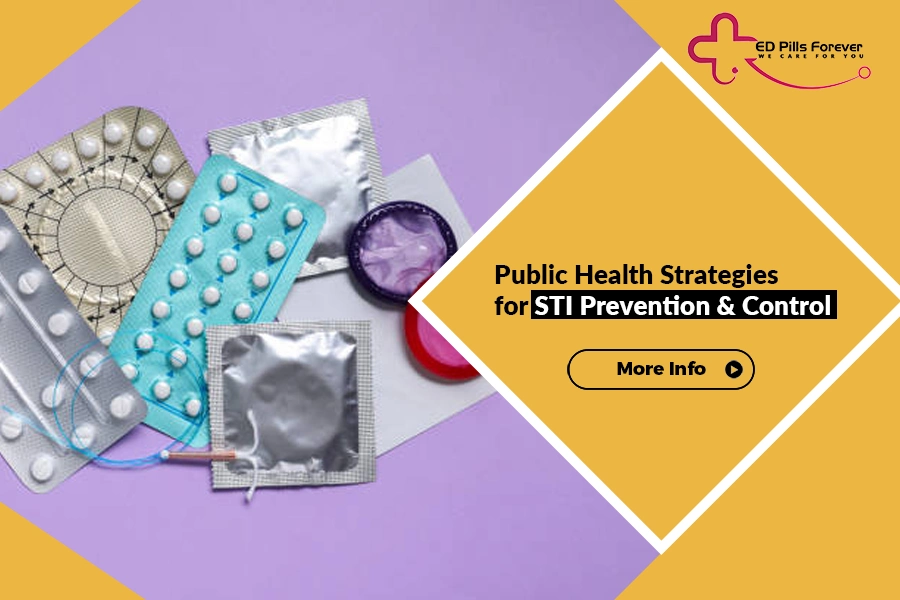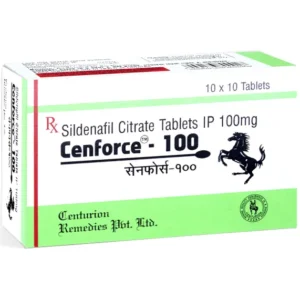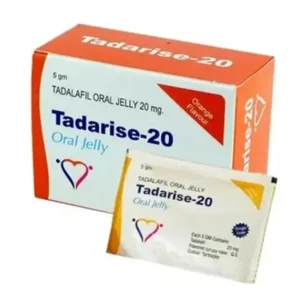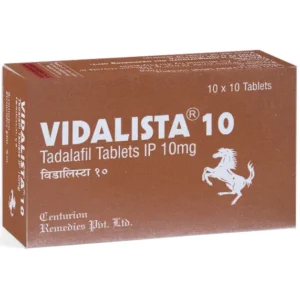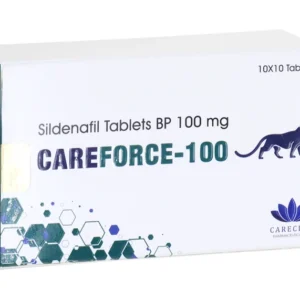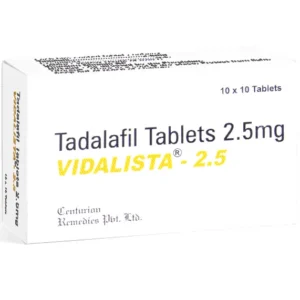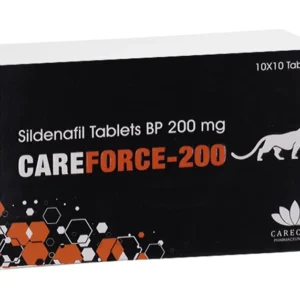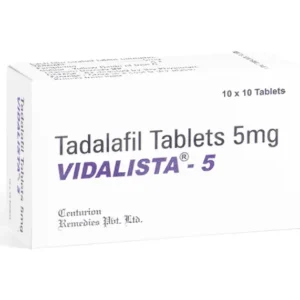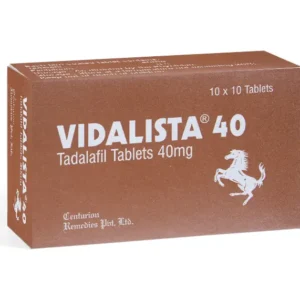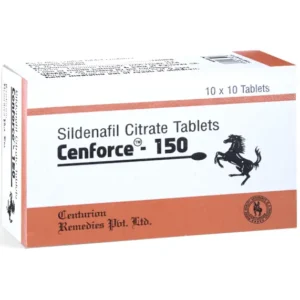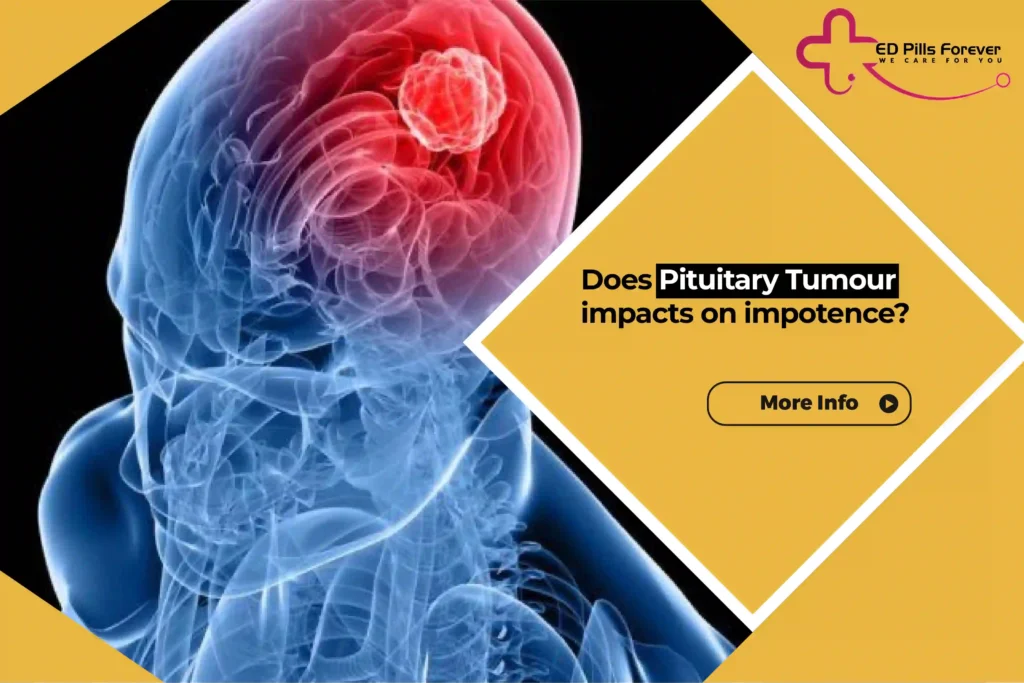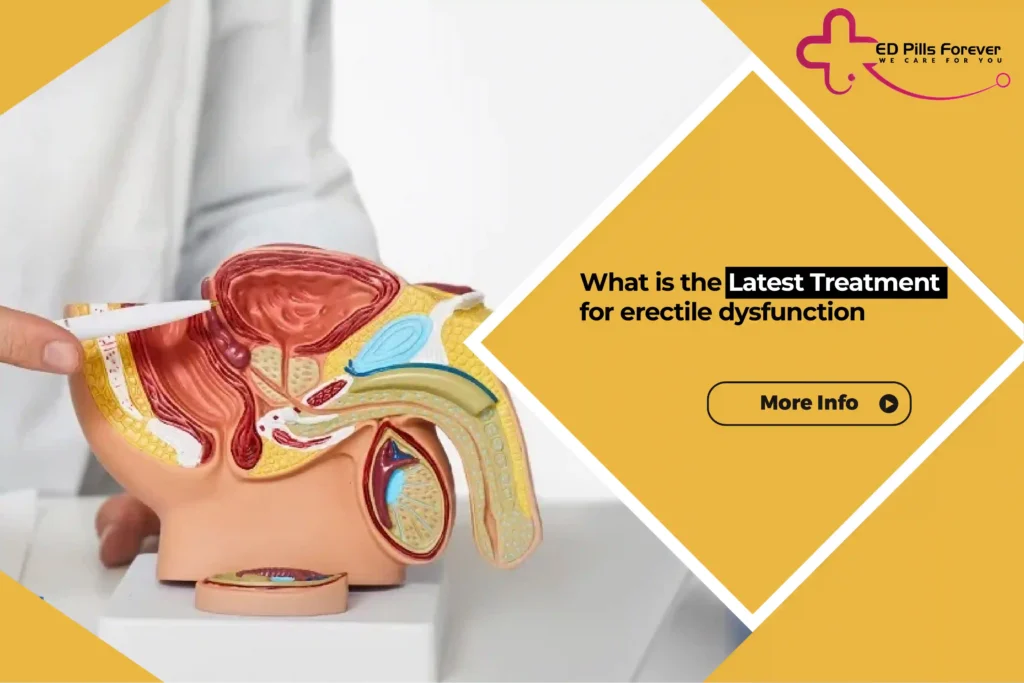Sexually transmitted infections (STIs) remain a major, and often under-recognized, public health challenge worldwide. Successful control depends less on any single biomedical “silver bullet” and more on coordinated public health responses to prevent STIs that combine primary prevention, easy access to testing and treatment, partner services, surveillance, vaccination, and structural policies that reduce barriers to care. This article explains the evidence-based pillars of STI control, practical program examples, and concrete ways to prevent sexually transmitted infections at the population and individual levels.
Why a public-health approach matters
STIs—bacterial, viral, and parasitic—are common, frequently asymptomatic, and unevenly distributed by age, geography, and social determinants. Routine surveillance shows large annual case counts and troubling trends for particular infections (for example, rising congenital syphilis and growing antimicrobial resistance in gonorrhea), illustrating that clinical care alone is not enough; population-level strategies are required. Public health programs coordinate prevention, testing, treatment, partner services, and policy interventions to reduce transmission, prevent complications, and protect vulnerable groups.
Pillar 1: Primary prevention: education, condoms, harm reduction, and vaccination
Primary prevention reduces the chance of exposure in the first place. Core components are:
Comprehensive sexual health education. Age-appropriate, sex-positive curricula that teach anatomy, condom use, consent, and where to get services reduce risk behaviors and increase testing. Behavioral counseling is an evidence-based prevention tool.
Condom access and promotion. Condom distribution (free or low-cost) in clinics, schools, bars, and online, combined with messaging about correct use, remains one of the most cost-effective ways to reduce transmission of many STIs.
Vaccination. Vaccines prevent some STI pathogens (notably HPV and hepatitis B). Routine HPV vaccination of adolescents and catch-up schedules for young adults substantially reduce HPV infection and precancerous lesions; high coverage can produce herd protection. Public health responses to prevent STIs must therefore include strong immunization components.
Harm-reduction for people who inject drugs (PWID). Needle/syringe programs and opioid-substitution treatment reduce bloodborne STI/HIV transmission in people who inject drugs and should be integrated with sexual health services.
Primary prevention is the foundation—without it, downstream testing and treatment have to compensate for a higher incidence.
Pillar 2: Easy, regular testing and screening (secondary prevention)
Early diagnosis reduces onward transmission, enables prompt treatment, and prevents complications (e.g., pelvic inflammatory disease, infertility, congenital infections). Key public-health actions include:
Targeted and routine screening. Public health guidance supports routine chlamydia screening for sexually active young women and targeted screening for high-risk populations; increasing screening coverage is a top program priority. For pregnant people, universal serologic screening for syphilis early in pregnancy (and rescreening in high-risk settings or later in pregnancy) is essential to prevent congenital syphilis.
Low-barrier testing options. Rapid tests, mailed self-collection kits, walk-in clinics, community outreach testing, and integration of STI screening with other primary care visits increase reach and acceptability. WHO has updated guidance to expand testing approaches in diverse settings.
Routine follow-up and test-of-cure where indicated. For certain infections or exposures (and in environments with known resistance), programs should ensure follow-up testing and clinical review.
Scaling testing—especially where infections are most concentrated—lets public health teams break transmission chains.
Targeted and routine screening. Public health guidance supports routine chlamydia screening for sexually active young women and targeted screening for high-risk populations; increasing screening coverage is a top program priority. For pregnant people, universal serologic screening for syphilis early in pregnancy (and rescreening in high-risk settings or later in pregnancy) is essential to prevent congenital syphilis.
Low-barrier testing options. Rapid tests, mailed self-collection kits, walk-in clinics, community outreach testing, and integration of STI screening with other primary care visits increase reach and acceptability. WHO has updated guidance to expand testing approaches in diverse settings.
Routine follow-up and test-of-cure where indicated. For certain infections or exposures (and in environments with known resistance), programs should ensure follow-up testing and clinical review.
Pillar 3: Prompt diagnosis, effective treatment, and partner services (tertiary control)
Treatment cures many bacterial STIs and reduces infectiousness for viral STIs; partner identification and treatment prevent reinfection and further spread.
Evidence-based treatment. Follow up-to-date treatment guidelines in clinical practice to ensure cure and decrease resistance selection pressure. For example, gonorrhea treatment recommendations have evolved in response to antimicrobial resistance and require adherence to current guidance. Public health responses to prevent STIs must include clinician training and stewardship.
Expedited Partner Therapy (EPT). When permitted by law, EPT—providing medication or prescriptions to treat partners without a prior clinical exam—improves partner treatment rates and reduces reinfection for chlamydia and some other infections. Offering EPT is an evidence-based program tool in many jurisdictions.
Doxycycline post-exposure prophylaxis (doxy-PEP). Newer public-health guidance recommends doxy-PEP for selected high-risk groups (e.g., some men who have sex with men and transgender women with recent bacterial STIs) as an additional option to reduce chlamydia, some gonorrhea, and syphilis acquisition—implemented within comprehensive care and surveillance frameworks because of antibiotic stewardship concerns.
Partner services remain a cornerstone: confidential notification, testing offers, and partner treatment reduce community transmission more effectively than treating index cases alone.
Best Seller
Best Seller
Pillar 4: Surveillance, data-driven targeting, and outbreak response
Public health cannot manage what it does not measure.
Robust surveillance systems capture case counts, demographics, anatomic sites, risk behaviors, and resistance patterns. These data let programs target high-burden subpopulations, measure program impact, and detect outbreaks early. Recent surveillance reports help tailor prevention priorities and resource allocation.
AMR monitoring. For infections like gonorrhea, global and national antimicrobial-resistance surveillance (e.g., WHO GASP) informs treatment policies and research priorities; strengthening laboratory networks is a public-health imperative.
Surveillance also supports evaluation—enabling continuous improvement of public-health responses to prevent STIs.
Pillar 5: Structural strategies and health equity
STI risk follows social gradients: poverty, discrimination, limited healthcare access, unstable housing, and criminalization of sex work increase vulnerability.
Expand access to sexual health services. Integrate STI services into primary care, family planning, antenatal care, and harm-reduction programs to reach people where they already seek care. Reduce costs and administrative barriers.
Address stigma and legal barriers. Policies that protect confidentiality, reduce punitive laws, and support sex-worker rights increase service uptake and reduce transmission. Community engagement and peer-led programs increase trust and reach.
Equity-centered interventions produce the biggest public-health returns because they reach the people and places where infections cluster.
Pillar 6: Innovation & biomedical prevention (PrEP, long-acting options, diagnostics)
Biomedical advances are reshaping prevention:
HIV PrEP and long-acting agents. Oral PrEP and newer long-acting injectable agents expand prevention choices and have clear population benefits when deployed equitably. WHO and national bodies are updating recommendations as new options (e.g., twice-yearly injectable compounds) gain approval. Integrating PrEP with STI prevention services is an emerging best practice.
Improved diagnostics and self-collection. High-sensitivity NAATs, point-of-care tests, and self-sampling kits increase detection and linkage to care. WHO guidance supports diversified testing approaches to increase coverage.
Careful implementation science is required so novel tools reach populations that will benefit most.
Addressing antimicrobial resistance (AMR)
AMR threatens treatment success for bacterial STIs, particularly gonorrhea, which has developed resistance to multiple drug classes. Public health responses must include: strengthened AMR surveillance, adherence to updated treatment regimens, stewardship programs, test-of-cure strategies where indicated, and investment in new antibiotics and vaccines. Global coordination (surveillance networks, data sharing) is essential.
Program examples that work
School-based HPV vaccination and sexual health curricula have reduced HPV infections in high-coverage settings and are cost-effective population interventions.
Community testing drives and remote self-collection have rapidly increased case identification in outreach settings (e.g., LGBTQ+ community centers, mobile clinics).
Integrated prenatal syphilis screening programs (first visit + third-trimester rescreening in high-burden areas) have prevented congenital syphilis when implemented.
Practical takeaways: ways individuals and communities can reduce STI risk
(These are evidence-based and used in public health programs.)
Use condoms consistently and correctly. They remain highly effective against many STIs.
Get vaccinated for HPV and hepatitis B according to local recommendations.
Test regularly and after exposures. Know where to access low-barrier testing (local clinics, community programs, self-collection kits).
Engage partners in care. Notify partners, encourage testing, and support treatment (EPT, where available).
Consider biomedical prevention (HIV PrEP; in some contexts, doxy-PEP for high-risk individuals) after discussing risks and benefits with a clinician.
Address barriers. Advocate for nonjudgmental services, affordable care, and policies that protect confidentiality and access.
Frequently Asked Questions (FAQs)
Q: What are the most effective public health responses to prevent STIs?
A: A combined approach—education, condoms, vaccination (HPV/hepatitis B), accessible testing and treatment, partner services (including EPT), surveillance, and structural policies that reduce stigma and expand access—is most effective. Programs tailored to local epidemiology perform best.
Q: Is there a “post-sex” antibiotic I can take to prevent STIs?
A: New guidance supports doxycycline post-exposure prophylaxis (doxy-PEP) for certain high-risk groups when provided within a comprehensive care framework; it is not universally recommended and must be prescribed and monitored by a health professional due to stewardship and side-effect considerations.
Q: Can STIs be eliminated?
A: Some STI-linked diseases (e.g., cervical cancer via HPV vaccination and screening) can be dramatically reduced and potentially eliminated as public-health problems with sustained high vaccination and screening coverage. For other infections, elimination is more challenging, but major reductions are achievable through coordinated public health responses.
Q: How does antimicrobial resistance affect STI control?
A: AMR limits treatment options (notably for gonorrhea). Public health must monitor resistance, update treatment guidelines quickly, support stewardship, and invest in new diagnostics and therapeutics.

